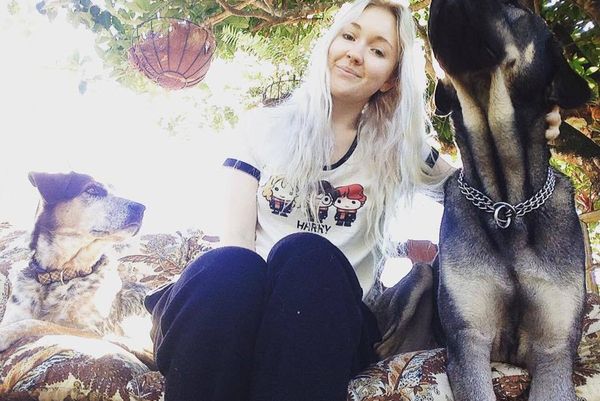
Frozen daiquiri anyone? Drinking a cocktail on top of a Dubai skyscraper may seem decadent enough, but a Greenland entrepreneur wants to add ancient glacier ice scooped from the fjords to the glass, for the ultimate international thrill.
Arctic Ice harvests ice from the fjords of Greenland, and then ships them to the United Arab Emirates to sell to exclusive bars. Using glacial ice in drinks is a common practice in Greenland, and, over the years, several entrepreneurs have unsuccessfully attempted to export it. Its co-founder Malik V Rasmussen said the ice, which has been compressed over millennia, is completely without bubbles and melts more slowly than regular ice. It is also purer than the frozen mineral water usually used in Dubai’s ice cubes.
According to the company’s website: “Arctic Ice is sourced directly from the natural glaciers in the Arctic which have been in a frozen state for more than 100,000 years. These parts of the ice sheets have not been in contact with any soils or contaminated by pollutants produced by human activities. This makes Arctic Ice the cleanest H20 on Earth.”
The startup was launched in 2022, but only dispatched its first 20 metric tonnes of ice recently. It has been hit with a wave of criticism which has taken the founders by surprise. Social media commentators have been unflattering, making comments such as: “Shouldn’t you be worrying about the effects of global warming rather than selling glacier water?” or “What is this dystopia?”. Other reactions and private messages have gone even further, including some comments which, according to Rasmussen, have “verged on death threats”.

The company argues, however, that its ice is environmentally friendly and of social value. The fjords around Greenland are usually full of icebergs that have broken off glaciers which are connected to the Greenland ice sheet. Arctic Ice have a specialised boat with a crane attached, and they take it into the Nuup Kangerlua, the fjord around Greenland’s capital, Nuuk, to look for a specific type of ice which has been in contact with neither the bottom nor top of the glacier. This ice is purer and difficult to spot in the water as it’s completely transparent, and known locally as “black ice” for this reason.
Once they have found a suitable piece, they pick it up with the crane and place it in a blue plastic crate until the boat is full, then sail the ice back to Nuuk where they fill up a refrigerated shipping container with the crates. This container is transported to Denmark by the Icelandic shipping company Eimskip. In Denmark, according to Arctic Ice, it is loaded on to another ship that takes it to Dubai. In Dubai, the ice is sold by the local distributor Natural Ice, which already sells other types of ice in Dubai.
The first stage of the shipping, from Greenland to Denmark, is, Arctic Ice argues, of low carbon-intensity, as most refrigerated shipping containers that leave Greenland would have been empty, because the country imports more frozen goods than it exports.
It has now committed to becoming fully carbon-neutral, and once the supply chain has been established and Arctic Ice’s carbon footprint calculated, all excess emissions will be calculated and compensated for, either through carbon capture and storage, or through emerging technologies that suck CO2 out of the air.
“Helping Greenland in its green transition is actually what I believe I was brought into this world to do,” Rasmussen said. “We do have that agenda running through the company, but we may not have communicated it well enough yet.”
Rasmussen’s primary aim, however, is to forge new revenue streams for Greenland, which is heavily financially dependent on Denmark, whose annual grant accounts for 55% of Greenland’s budget. To gain more independence, politically and economically, economic growth is vital.
“In Greenland, we make all our money from fish and from tourism,” said Rasmussen. “For a long time, I have wanted to find something else that we can profit from.”







